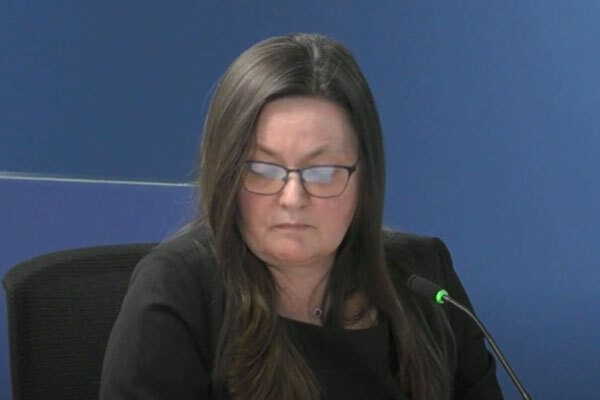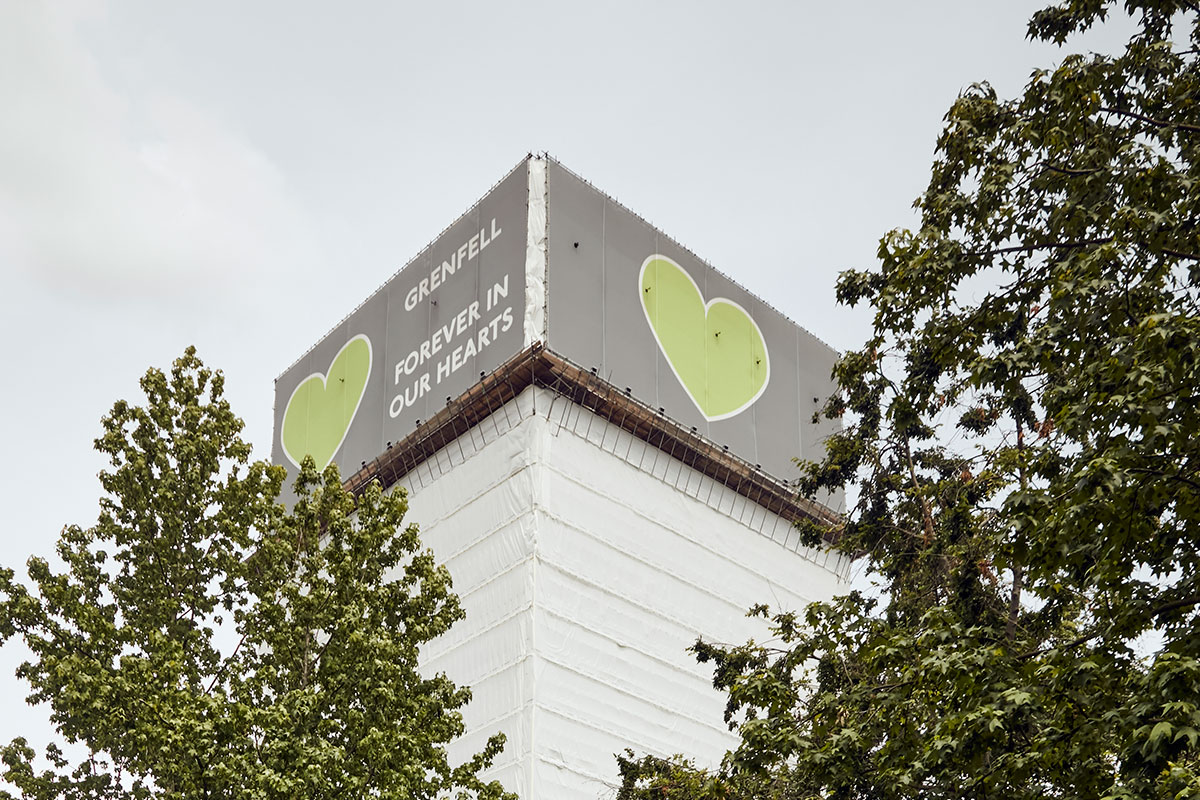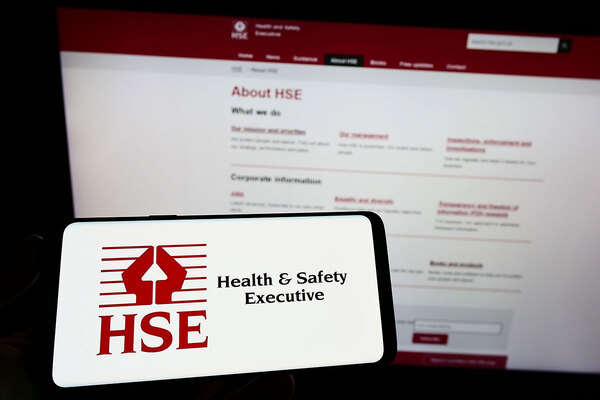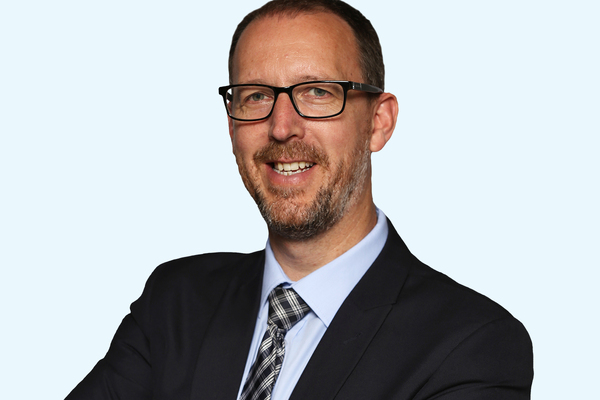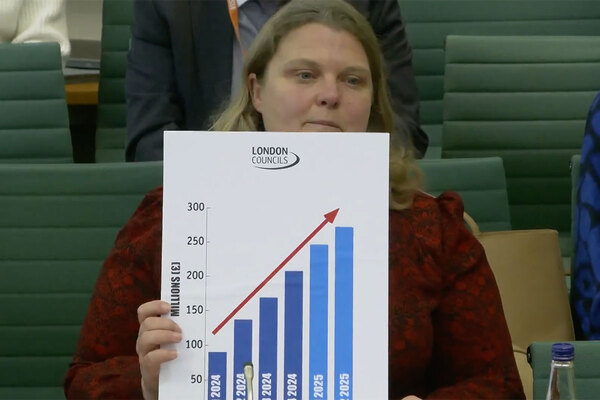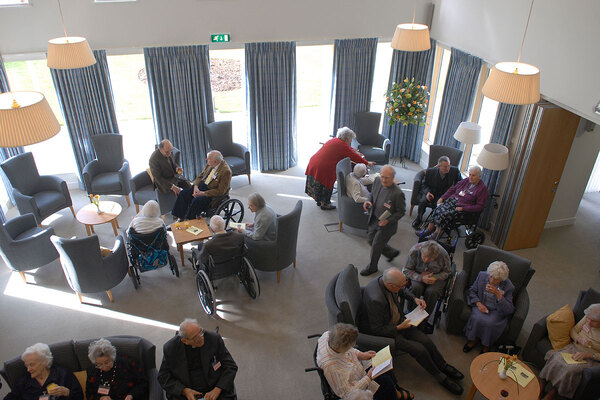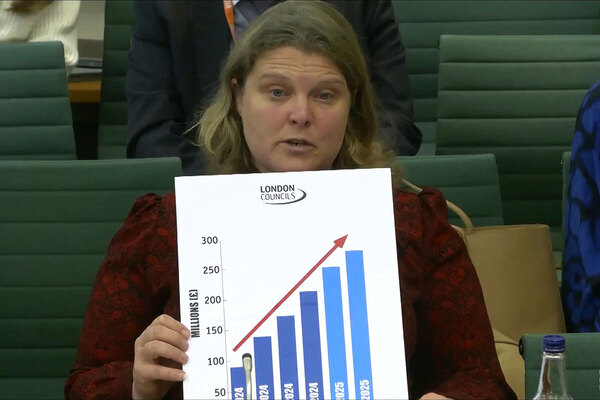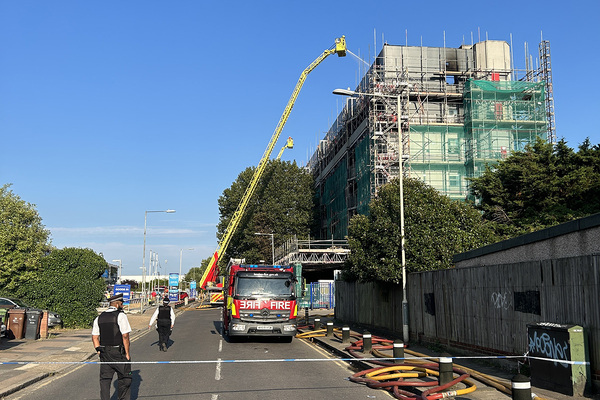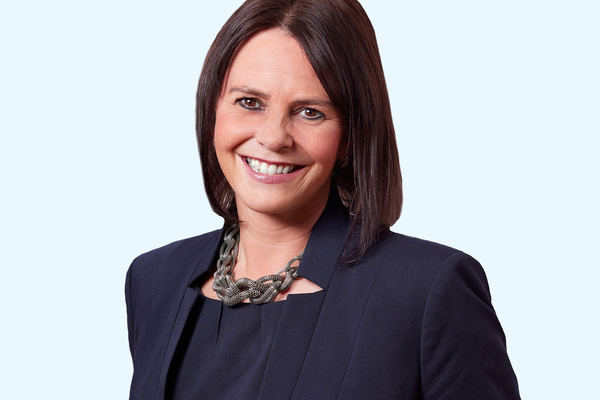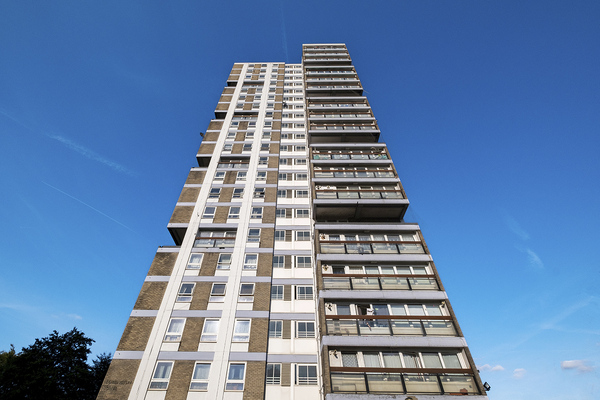BRE scientist did not clarify guidance on Grenfell-style cladding despite request
A senior scientist at the Building Research Establishment (BRE) did not prepare a clarification to make clear that the violently combustible cladding later used on Grenfell Tower should not be used on high rises, despite telling an industry group that she would.
The inquiry has previously heard that Dr Sarah Colwell of the BRE was tasked by a group of industry leaders in July 2014 to draft an FAQ that would clearly set out that aluminium composite material (ACM) should not be used on tall buildings, having been warned that existing guidance appeared to permit its use.
But it emerged today that she failed to pass this request on to the government.
The meeting came at a potentially critical moment, when the decision to clad Grenfell Tower in the highly combustible polyethylene-cored panels was being considered.
According to the meeting minutes, previously obtained by Inside Housing, the dangers of ACM cladding with a polyethelene core were raised, with members pointing to major fires in the Middle East and France where the material was believed to have been responsible for rapid fire spread.
Dr Colwell said that official government guidance, Approved Document B, was intended to prohibit the use of ACM in buildings over 18 metres tall, but was told the current wording was insufficient to do so.
This is because it only referred to it prohibiting combustible insulation products, with cladding panels apparently subject to the lower fire classification of ‘Class 0’ – a standard that many ACM products claimed to obtain.
It was suggested that an FAQ be drawn up and submitted to government to make it clear that ACM should not be used, with Dr Colwell agreeing to take responsibility for this and raise it with Brian Martin, the civil servant responsible for the guidance. Mr Martin had been at the meeting but had left before this discussion.
It was revealed today that Dr Colwell did not complete the FAQ. She explained that she believed the issue would be dealt with in a forthcoming revision of Approved Document B.
She said: “It was assumed… that it would be taken up with that. That is why we didn’t pursue that conversation with Brian, which in hindsight is something I should have done.”
Approved Document B was never revised and remained in place until after the Grenfell Tower fire.
Dr Colwell indicated that by September she had decided that she would not push ahead with an FAQ but failed to keep the CWT group informed.
She said: “On reflection, it is something I should have followed up directly with the group. I fully acknowledge it was a lapse on my part not keeping them fully informed with regards to the whole process.”
It was also revealed that Dr Colwell had failed to include these details in her witness statement.
Last week the inquiry heard that she told an attendee at the meeting in March 2015 that she had “completed a draft” of the FAQ. However when he chased her for an update, she ignored multiple emails and voicemails until he eventually gave up.
Dr Colwell has not yet been asked about this, and completes her evidence tomorrow.
In later evidence Dr Colwell disclosed that she had been brought on to a cladding taskforce in the UAE set up to rewrite the country’s fire safety guidance following two high-profile ACM fires in the country.
She said that she had been on the committee for two years and had become familiar with the risks around ACM fires but had not felt it would be an issue in the UK because of the government building guidance.
Earlier in the day, focus revolved around the government’s response to a cladding fire at The Edge development in Manchester in 2005. The building was clad in sandwich panels that contributed to rapid fire spread up 17 floors in just 10 minutes.
A subsequent report into the fire by Dr Colwell suggested the government revisit the relevant section of Approved Document B guidance around external wall construction to remove confusion around what materials were compliant.
Following this work, Mr Martin rewrote this section as part of a new draft version of Approved Document B that included a new section stating that insulation or any other material used in the external wall construction in a building over 18 metres tall should be of limited combustibility.
However, despite this being included in the draft version, the final version of Approved Document B did not include this amend, instead stating that any insulation product or filler material used should be of limited combustibility.
When asked by inquiry counsel Kate Grange if she felt that the wording that was used in the actual revision was a lot less clear than that used in the initial draft, Dr Colwell agreed it was.
The inquiry continues.
Sign up for our weekly Grenfell Inquiry newsletter
Each week we send out a newsletter rounding up the key news from the Grenfell Inquiry, along with the headlines from the week
Already have an account? Click here to manage your newsletters
